
Hearing Better with Remote Microphones: A Practical Guide For individuals with hearing loss, one of the biggest challenges is understanding speech in noisy environments or from a distance. That’s where ...
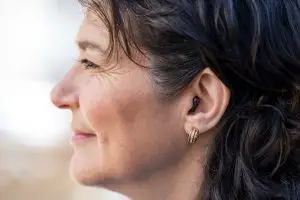
At Hears Hearing & Hearables, we believe hearing aids are amazing and empowering. Whether they’re tucked invisibly inside the ear or confidently displayed behind it, hearing aids represent a powerful ...

The Truth About Prescription Hearing Aids Purchase Online; Get Support You Can Trust Buying products online used to be intimidating, especially when it came to important purchases like hearing aids. ...
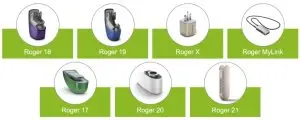
Phonak designed Roger devices to enhance speech understanding in noise and over distance, making them a valuable tool for individuals with hearing loss. While they are often associated with Phonak ...
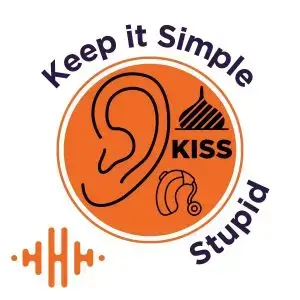
Keep It Simple, Stupid (KISS) – But Not Too Simple! The other day, I was chatting with a fellow hearing professional peer friend who, like me, believes in offering choices ...

If you’re having trouble with your hearing aids not charging properly, you might wonder if the issue lies with the charger or the hearing aids themselves. Lithium-ion hearing aids typically ...
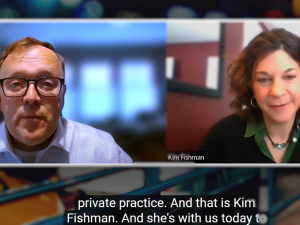
The Case for Online Support for Hearing Aid Accessories and Hearing Solutions For People with Hearing Loss; Hears Hearing & Hearables Offers a New Delivery Model In the ever-evolving landscape ...

The Future of Hearing Aids: Commodity Status with Essential Service In recent years, hearing aids have undergone a significant transformation, evolving from niche medical devices to consumer-friendly products. This evolution ...
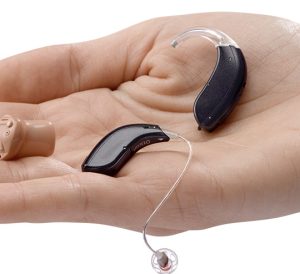
The Delightful World of Hearing Aids: Many solutions of Hearing Aids for Sale Welcome to Hears Hearing & Hearables where hearing aids are not just devices but gateways to a ...
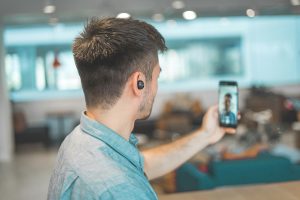
Providing Confidential Online Hearing Care Support through a HIPAA-Compliant Platform Hearing loss affects millions of individuals worldwide, creating barriers to effective communication and impacting overall quality of life. Traditional in-person ...
Powered By SinglerDesign.com